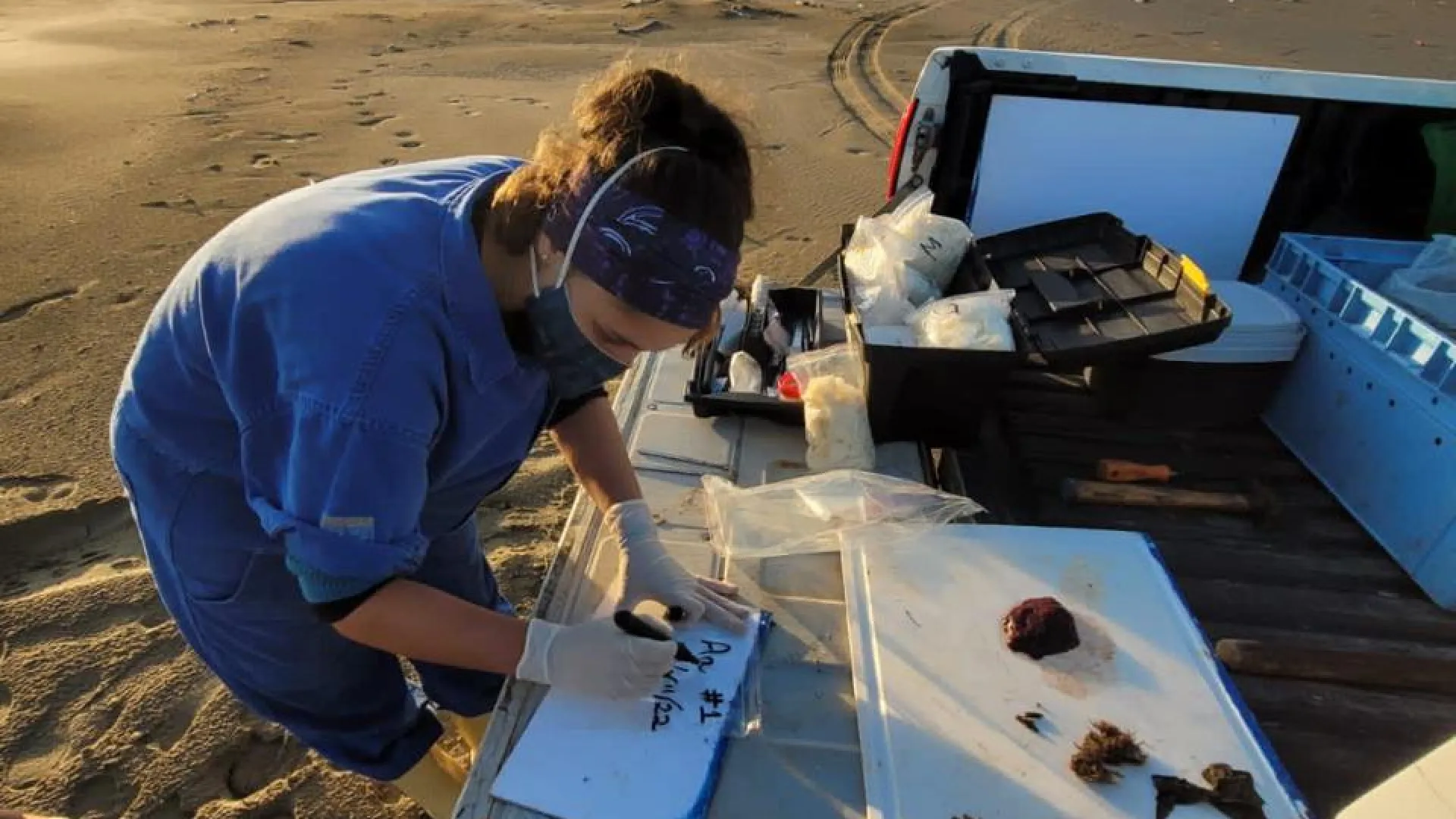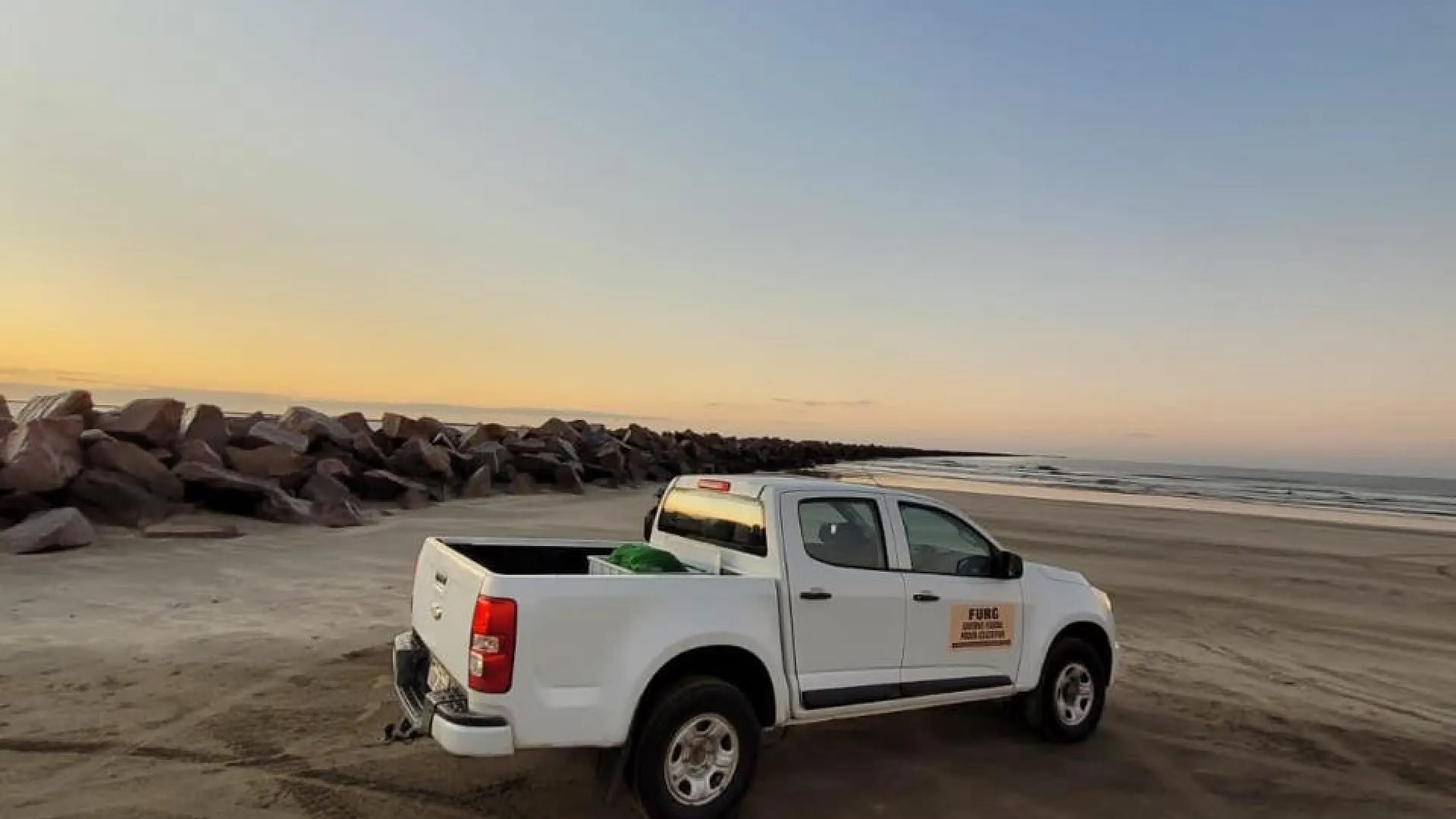Actions


Action 2 – Mapping the Impacts of Floods
In 2024, the Gephyreus Project and partners mapped the impacts of the historic flood in Rio Grande do Sul on Lahille’s bottlenose dolphins in Lagoa dos Patos, analyzing mortality, pollutant bioaccumulation, and conservation strategies.
In the second half of 2024, the Gephyreus Project, in collaboration with the Chico Mendes Institute for Biodiversity Conservation (ICMBio) and the Aquatic Mammals Center (CMA), launched an initiative to map the impacts of the historic flood in Rio Grande do Sul on the Lahille’s bottlenose dolphin population in the Patos Lagoon estuary. Entitled “Potential Impacts of the 2024 Climate Emergency on the Aquatic Mammals of Rio Grande do Sul – Monitoring the Influence Area of the Patos Lagoon from October to December 2024,” this project is carried out in partnership with the NGO Kaosa, the Federal University of Rio Grande (FURG), and the Center for Environmental Education and Monitoring (NEMA). The initiative aims to understand the effects of flooding on marine megafauna in the Patos Lagoon and adjacent coastal regions, focusing on changes in mortality patterns and potential exposure to pollutant bioaccumulation in the main local species. Intensive beach monitoring in the area of influence seeks to generate data that will support future conservation and mitigation strategies for the impacts of the climate emergency on these highly sensitive ecosystems. In addition to strengthening beach monitoring, we are also intensifying boat-based monitoring of the resident population in the Patos Lagoon Estuary.